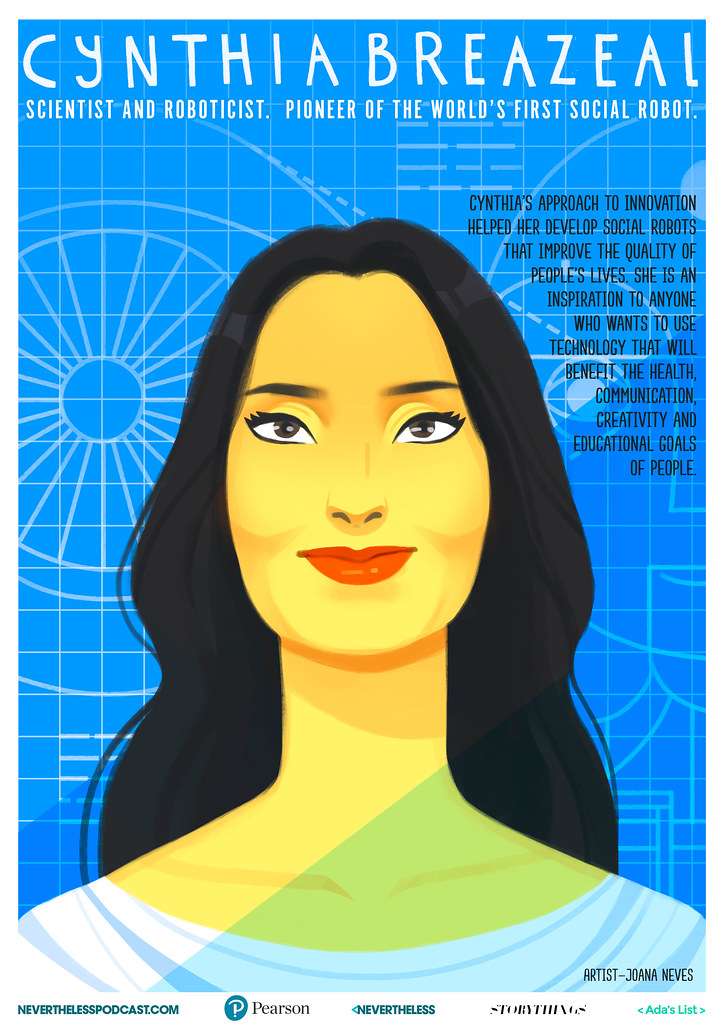あなた専用のお買い物アシスタントが、ついに登場!UNIQLO IQ – UNIQLO ユニクロ – voice enabled digital shopping assistant Uniqlo IQ, more information here: How Uniqlo developed its ‘digital concierge’ voice service | Analysis | Campaign Asia – the initiative was developed through a collaboration between Party and Inamoto & Co. Campaign asked the people behind the project to explain how they did it. Rei Inamoto, founder of Inamoto & Co, said his company first presented the idea of an “AI-powered customer service engagement platform” two years ago. He said the main aim was to help Uniqlo manage inventory more efficiently, which is deceptively difficult in the retail business. “It’s a question of how you manage expectations and predict what kinds of products will be popular and sell more,” he said. IQ sits within Uniqlo’s mobile application and is also integrated into Google Assistant. It is connected to real-time store inventory data and uses text and voice interaction to help would-be customers find products to buy via the app or in the outlets closest to them. It is also designed to be used during the physical shopping process, and recommends new products based on individual searches, hourly product rankings, occasions and personal specifications such as daily horoscopes – Uniqlo IQ is a fascinating development that is Alexa before Alexa. Uniqlo has been a technology innovator in terms of consumer facing experiences and Uniqlo IQ builds on this work. It is a shame that Uniqlo IQ didn’t make it beyond the Japanese market though. More related content here.
China Properties Group Limited (PDF) via Google Drive – the money quote – 10 years ago, the U.S. printed money like crazy and exported U.S. dollars all over the world. Now, the U.S. has become a global enemy, trying to bring back the exported U.S. dollars (the U.S. dollar debt of the emerging market in the first quarter was close to 3.7 trillion) and supply chains, as well as to undermine the asset markets of other countries and the global supply chain order. No wonder the U.S. has made a lot of enemies. Fortunately, Trump does not have the same wisdom as Mao Zedong in making alliance with one while fighting another. He wants to fight the world. But to defeat the U.S. hegemony is not an easy task. The history told us that those who wanted to kick out the big brother would run the risk of being wiped out. Nevertheless, Chinese are savvy and resourceful. Deng Xiaoping said, “we should grope our way across the river, going one step at a time”. Jiang Zemin said, “keep a low profile to make a big fortune”. Han Xin demonstrated his immense ability to endure humility in order to preserve his existence for future accomplishments. Such wisdoms contributed to the creation of incredible historical achievements one after the other. Today, the U.S. is pushing the trade war to the limit. Yet, it is not easy to cripple the China model, even with Trump’s wisdom. With a looming war, there are risks as well as opportunities. Therefore, the Group’s established policies will remain unchanged. While some projects are delayed pending for the government’s new plan, the Group will always ensure that Shareholders’ benefits are well taken care of.
With Goals, FAST Beats SMART – MIT Sloan Management Review – I need to read this properly, skimmed it and thought it was worthy of a further read
How the wheels came off Ford | Business | The Sunday Times – not so sure that Jaguar Land Rover will be as good a deal in the longer term
Branded in the 80s | Remembering what it was like to be a kid! – A couple of quotes from this piece that got me:
What I’m realizing as I try and look at this trend from outside of my own nostalgia is that this is a sign of the end of the golden era for my own generation. I can’t count how many times I sat and listened to my father talk about how different the world seemed in the first 40 years of his life. How much seemed to change during the 70s and 80s that obliterated the world that he was accustomed to growing up in the 40s and 50s. Institutions that he imagined would be around forever that had disappeared almost overnight. Soda fountains, local pharmacies, 5 & Dimes, seasonal burger or fry stands, car hops, diners, drive-ins…
Amazon is basically a virtual Toys R Us. And probably one of the biggest realizations that we as adults have to come to grips with? Kids just don’t play with toys the same way that we did 20 and 30 years ago. Video games, television and Youtube have superseded toys in a lot of households. Sure, we still buy a lot of toys for kids, but I’ve watched first-hand has nieces and nephews receive the kind of toys that I had as a kid and they just sit in their rooms collecting dust.
PHD retains Unilever business across Greater China region | Media | Campaign Asia – great news for Phd and lost opportunity for Mindshare who cleaned up on last years global pitch
Publicis, VCCP named winners in Cathay Pacific’s first pitch in 25 years | Advertising | Campaign Asia – big loss for McCann who were unassailable just a few years ago and major lost opportunity for WPP
The Ecological Impact of Browser Diversity | CSS-Tricks – a little disappointed that KDE’s work that would go into Konqueror didn’t get credit as the starting point for WebKit . Otherwise a great read
FCC to invest $1.5 billion over 10 years in expansion of rural broadband – will US carriers just trouser the cash like they did last time?
Farmland (@farmlandfoods) • Instagram photos and videos – love the way that they put their farmers in Supreme; though the gains will be marginal at best
Starbucks’ Frappuccino Gets a Sugar Makeover – WSJ – makes complete sense given regulatory push back on sugar (paywall)
Philip Kotler’s influence in the Soviet Union and Russia | European Business Review | Vol 20, No 2 – pay walled but just reading the abstract about marketing coming to Russia in 1980 via a highly censored bootleg translation of Philip Kotler’s Marketing Management is nuts
Apple buys startup focused on lenses for AR glasses | Reuters – also interesting for cameras
Old ads come back to haunt Didi Hitch following rape-murder cases | PR | Campaign Asia – The past ads are suggestive, always showing a male driver and a female passenger and using romantic analogies between car-pooling, movie-watching or trying out clothes in private fitting rooms. “Such obvious sexual hints,” remarked one online commenter. The copywriting follows suit with the images. One ad reads [translation by Campaign]: Is it really a coincidence? Oh, we met again. It’s [the Didi system] so smart. In fact, I already knew your little secret, your car is actually not on the way. But this is such a sweet show, I want to continue acting with you. – you can see why netizens think that the ads promoted instances of rape and murder
Unbowed by Brexit, Swiss Bank Seeks Clients in `Red Hot’ North – Bloomberg – capital flight opportunity? Footballers (and their WAGs) looking to hedge against a post-Brexit pound?
What The Hell Was The Microsoft Network? – early online service a la CompuServe or Aol

